Most of us take for granted that when we go to sleep at night, we are safe in our homes. But imagine waking up one day only to find out that while you slept, a parasite had infected you with a life-threatening disease. That’s the terrifying reality for millions of people worldwide who fall victim to Chagas disease, a condition caused by blood-sucking insects commonly known as kissing bugs.
This disease lurks in the shadows, striking silently and often going undetected for years. By the time symptoms appear, it may be too late. So, what exactly is Chagas disease, and how can you protect yourself and your loved ones? Let’s dive into the details of this deadly yet neglected illness.
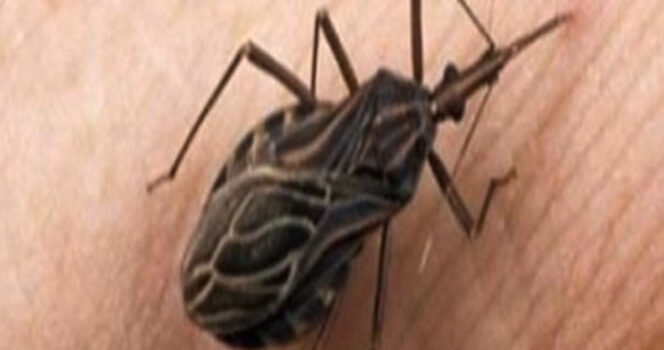
What Is Chagas Disease? The ‘Silent and Silenced’ Threat
Chagas disease is caused by the parasite Trypanosoma cruzi (T. cruzi), which is transmitted primarily through the bite of triatomine bugs, more commonly known as kissing bugs or vampire bugs. These insects feed on the blood of humans and animals at night, making their attacks especially sinister.
Once infected, a person can carry the parasite for years—sometimes even decades—without knowing. That’s why experts refer to Chagas as the “silent and silenced disease.” Silent, because it develops without immediate symptoms, and silenced, because it mainly affects poor, rural communities that lack access to proper healthcare.
Video: What is Chagas disease? A brief overview of kissing bugs, symptoms and diagnosis.
A Childhood Memory Turns Into a Nightmare
For Emiliana Rodríguez, a woman from Bolivia, Chagas disease was more than just a horror story—it was a childhood fear that later became a personal battle.
She recalls watching a friend suddenly collapse and die during a nighttime soccer game, only to later learn that Chagas had taken his life.
Years later, Emiliana, now living in Spain, discovered she was infected while undergoing routine pregnancy tests. The realization sent shockwaves through her as she remembered the terrifying stories from her past. Fortunately, with the right treatment, she was able to prevent the disease from spreading to her unborn child.
But not everyone is as lucky.
How Do Kissing Bugs Infect Their Victims?
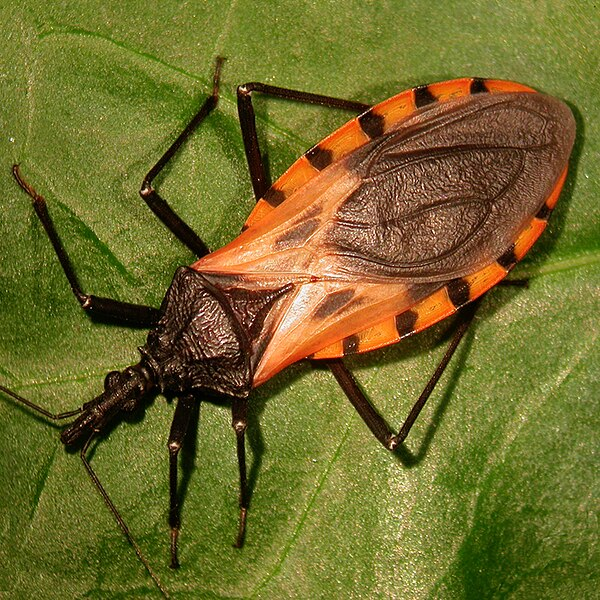
Unlike mosquitoes, which inject parasites into the bloodstream while feeding, kissing bugs use a much more devious method:
- They bite their victims at night, often around the mouth or eyes—hence the name “kissing bugs.”
- They defecate near the wound after feeding.
- The parasite enters the body when the person unknowingly rubs or scratches the area, allowing the feces to get into the bloodstream.
Once inside, T. cruzi parasites invade the heart and digestive system, hiding and multiplying over time. While some people experience flu-like symptoms early on, others don’t realize they’ve been infected until years later—when irreversible organ damage has already occurred.
The Alarming Global Spread of Chagas Disease
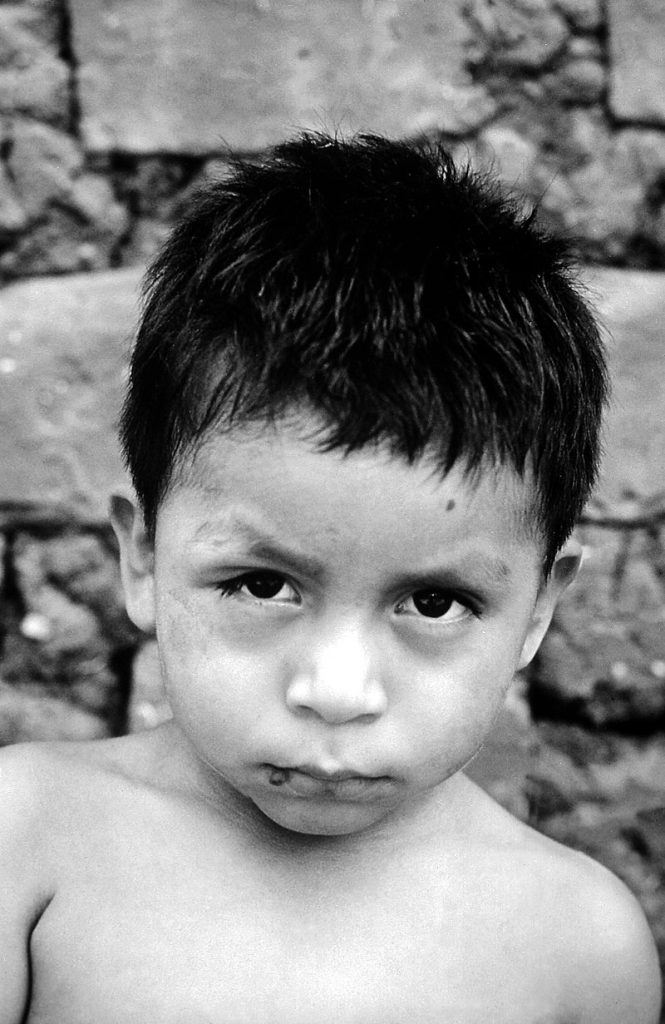
Originally thought to be confined to Latin America, Chagas disease has now been identified in North America, Europe, Japan, and even Australia. According to the Centers for Disease Control and Prevention (CDC):
- Over 8 million people worldwide are estimated to be infected.
- Only 10% of cases are detected, meaning millions of people have no idea they are carrying the parasite.
- Around 12,000 people die from Chagas disease each year, making it more deadly than malaria in Latin America.
- In the U.S., an estimated 300,000 people are infected, but few know it due to poor screening.
Chagas is now spreading through blood transfusions, organ transplants, and from mother to child during pregnancy, making it a global health concern.
The Deadly Consequences of an Untreated Infection
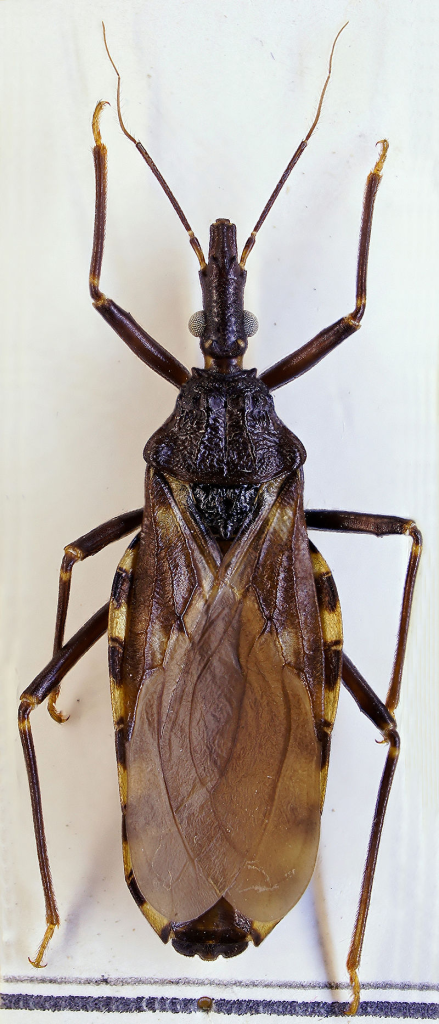
Because symptoms can remain hidden for years, 20-30% of infected individuals eventually develop severe complications such as:
- Heart failure due to progressive heart damage
- Irregular heartbeats (arrhythmia), increasing the risk of sudden cardiac death
- Digestive system disorders, including severe swelling of the esophagus or colon
- Neurological problems, leading to strokes or brain damage
Shockingly, some people die suddenly without ever knowing they had the disease—just like Emiliana’s childhood friend.
Why Is Chagas Disease So Neglected?
Despite its deadly nature, Chagas disease is classified as a Neglected Tropical Disease (NTD) by the World Health Organization (WHO). Why? Because it primarily affects impoverished communities with little access to healthcare.
- Many doctors are unfamiliar with the disease, leading to misdiagnoses or delayed treatment.
- Pharmaceutical companies show little interest in developing better treatments due to low profitability.
- Only two drugs (benznidazole and nifurtimox) exist for treatment, both of which are over 50 years old and have severe side effects.
As Professor David Moore from the Hospital for Tropical Diseases in London points out, the fight against Chagas disease is moving at a glacial pace. Without better treatments and increased awareness, the goal of eliminating Chagas by 2030 remains unrealistic.
How Can You Protect Yourself from Kissing Bugs?
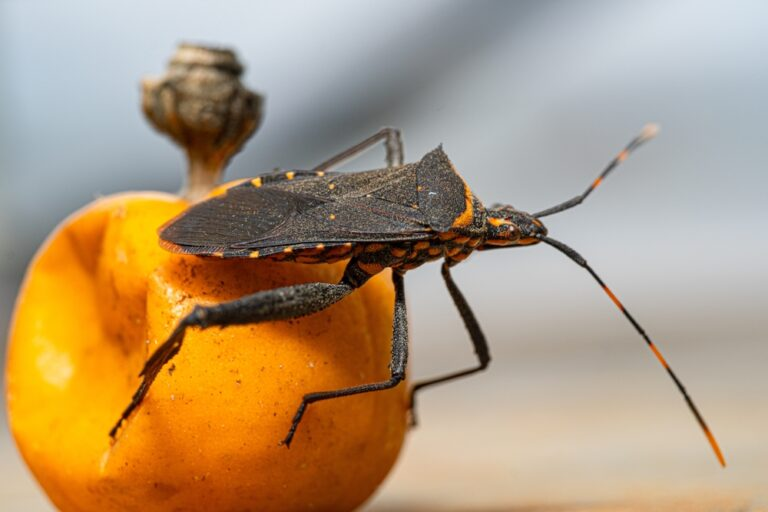
Although Chagas disease is more common in Latin America, the presence of kissing bugs in the U.S. means Americans should also be cautious. Here’s how you can protect yourself:
1. Secure Your Home
- Seal cracks and gaps in walls, doors, and windows to prevent bugs from entering.
- Use screens on doors and windows, repairing any holes.
- Keep outdoor lights away from entry points, as they attract insects.
2. Keep Your Sleeping Area Bug-Free
- Check your bedding and furniture for signs of kissing bugs.
- Use bed nets in areas where kissing bugs are common.
- Have pets sleep indoors at night, as they can attract bugs.
3. Watch for Unusual Symptoms
- Swelling around the eyes (a common sign of early infection).
- Unexplained fatigue, fever, or swollen glands.
- If you live in or have traveled to areas where Chagas is common, ask your doctor for a blood test.
4. What to Do If You Find a Kissing Bug
- Do NOT crush it.
- Place it in a sealed container with alcohol or freeze it.
- Take it to a local health department for identification.
Final Thoughts: A Disease That Can No Longer Be Ignored
Chagas disease has been a silent killer for far too long. Millions of people unknowingly live with the infection, and thousands die each year without ever receiving a diagnosis.
It’s time to raise awareness, push for better medical treatments, and demand stronger prevention efforts worldwide.
By sharing this article, you can help spread the word about this deadly but preventable disease. Knowledge is the first step in fighting Chagas—so let’s make sure it’s no longer a hidden threat


